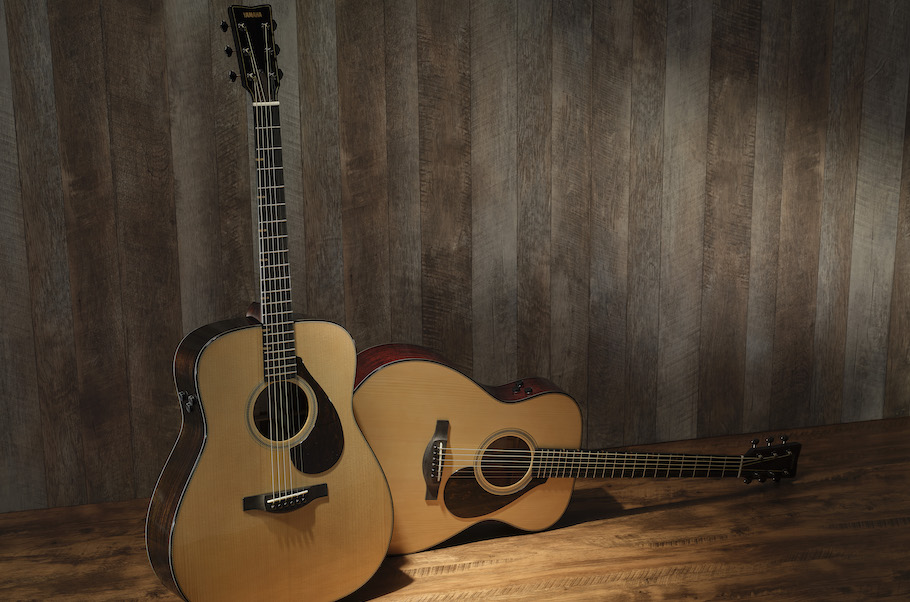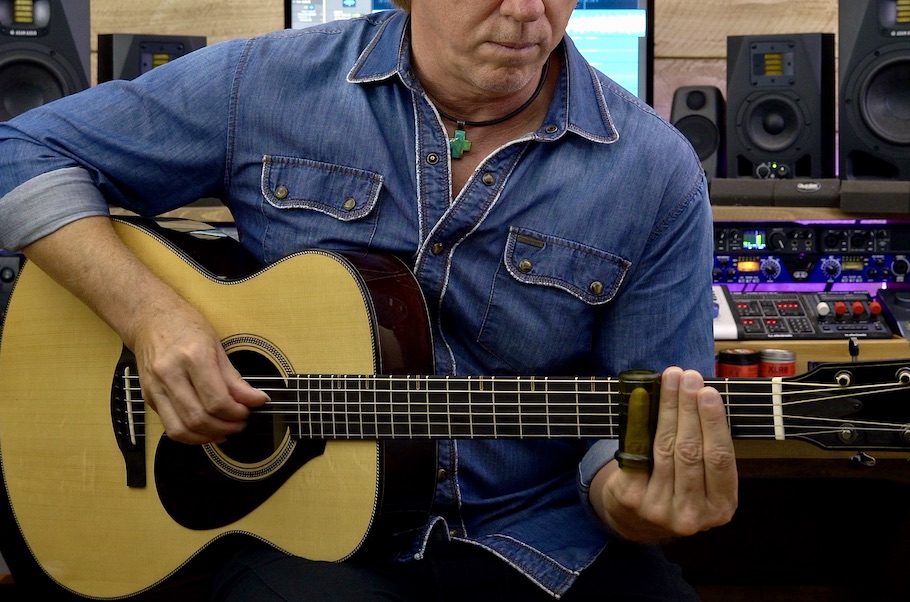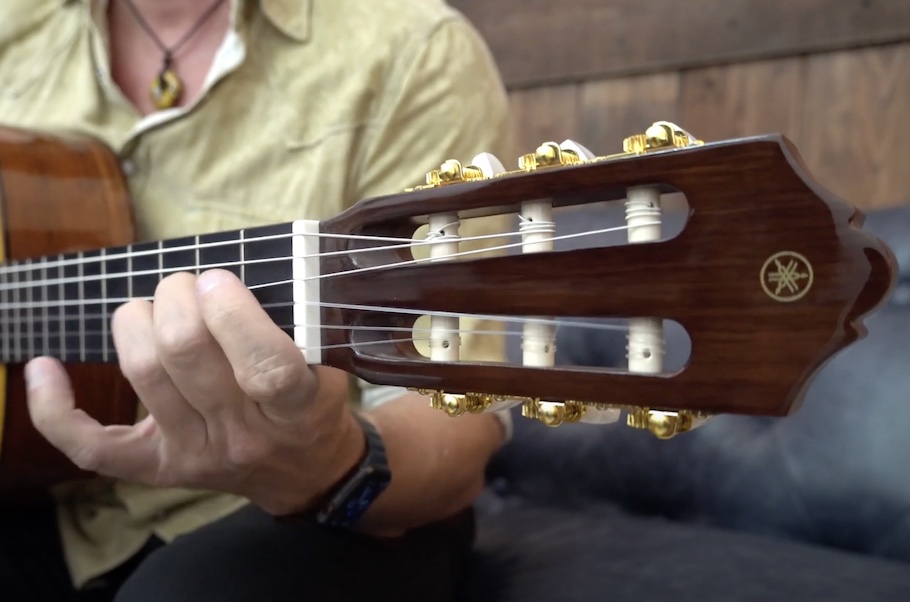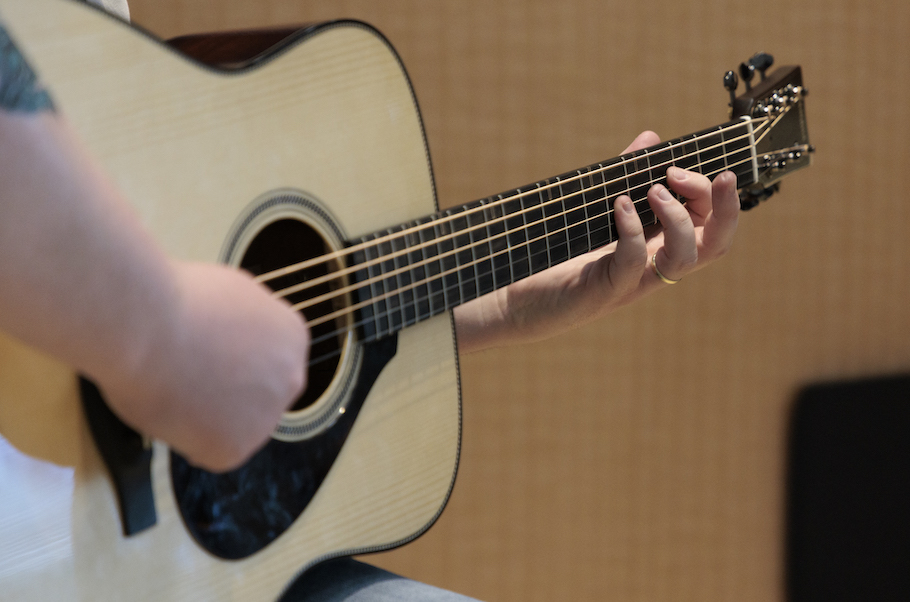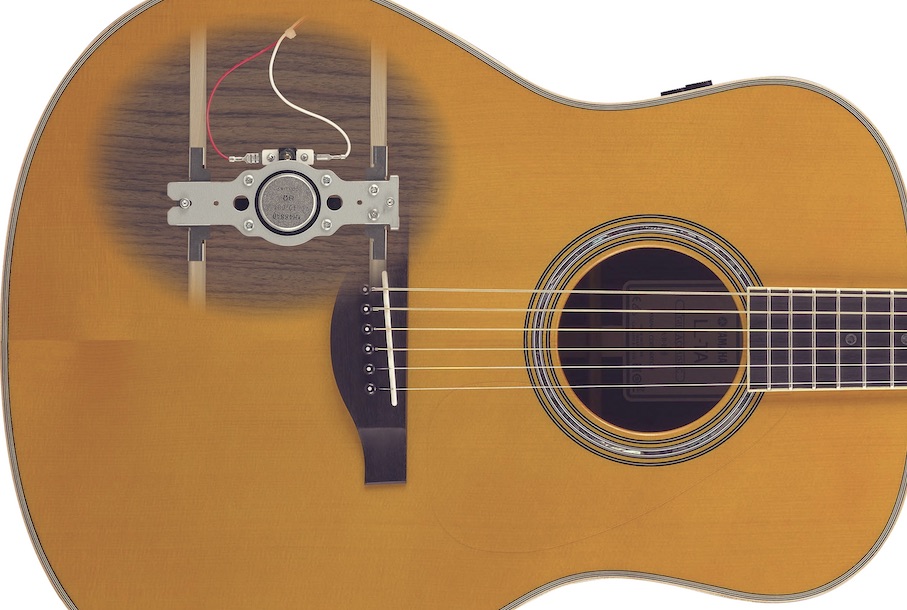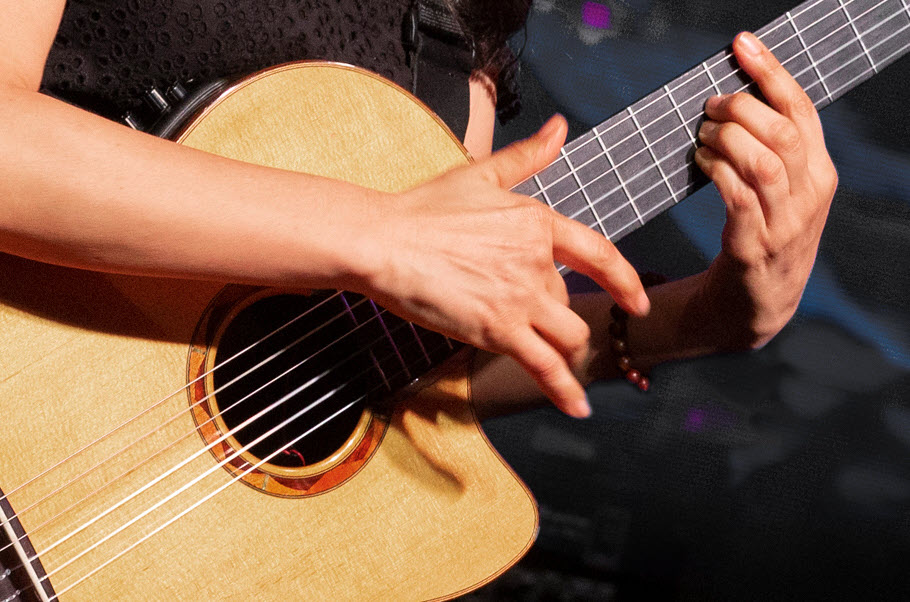Tagged Under:
The Importance of Aesthetics
Fall in love with both the sound and look of your guitars.
In 1985, I graduated from the Hastings College of Arts and Technology in my native England, with an Advanced Craft diploma in Decorative Painting.
I used my extensive training to great effect while living in Nashville some years later, decorating many prestigious new homes. I specialized in “old world” interiors, where my European training and English heritage gave me the visual awareness to replicate Renaissance-era living spaces within new construction architecture.
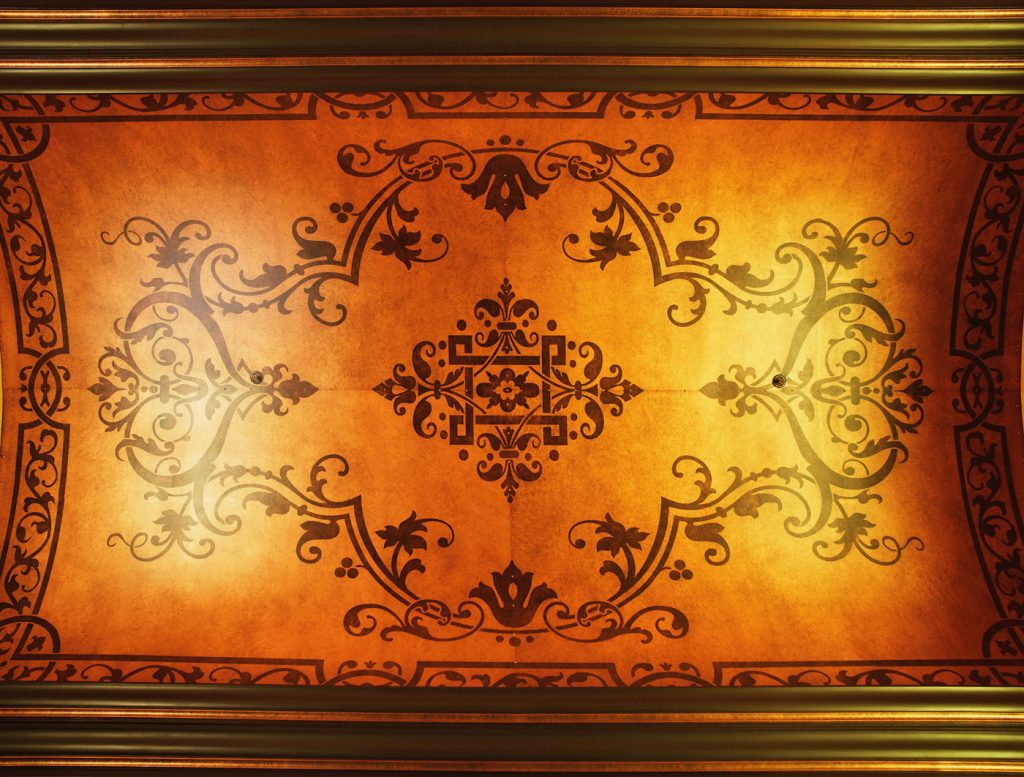
Visual Appeal
My love for the guitar is similarly grounded in artistry and the aesthetic appeal of a beautiful instrument. The graceful contours, natural grain of exotic tonewoods and vibrant (or distressed) colors resonate with me on a very deep and personal level.
I’m not a guitar snob, but I literally won’t play a guitar if I don’t like the way it looks. I’m not interested in the prestige of owning particular instruments or having the latest technology. If I’m not “feeling it,” then I won’t go any further trying to make a connection.
When I see a guitar I like, there is a gravitational pull towards it, an intrigue to explore its capabilities beyond the initial fascination. Will the sound of the instrument resonate with me to the same degree as the visual component? If my body likes the sonority of a guitar and its “voice” speaks to my sensibilities, there may be a bond forming that can’t be ignored.
Even when I find a special connection with an instrument, I give a lot of thought as to whether it’s worth the financial commitment. If I can justify the purchase and the guitar will be put to long-term creative use, I’ll consider investing in the relationship. Some guitar collectors purchase stunning vintage instruments and keep them locked away in bank vaults while they accrue in value. I understand the financial rewards, but it just seems unethical to me that a resonant instrument be imprisoned like that and never played to make music.
My Guitars
The guitars I own are used on a regular basis and I take care of them when they need attention. New strings, setups and moderate humidification are simple requirements that keep them performance-ready at all times. I have a specific use for each of the guitars in my collection, and they all fall into one of three broad categories: Nylon-string, acoustic steel-string and electric. I have specific instruments in each category that I use for studio recordings and others that are optimized for live performance, clinics and travel.
Because I often film clinics and lessons, another very important aspect for me is how a guitar looks on camera. Instruments that have high-gloss finishes often create too much of a glare from the studio lighting, and therefore take longer to capture in a natural way. Similarly, the sheen from a new maple fingerboard reflects the light in a way that can be very distracting for the viewer who’s watching your fretboard hand in close detail.
Like most guitar players, I have favorites. Some guitars that look as good as they sound are nice to have sitting around the studio, while others are kept in their cases, ready to go to the next gig.
Over the past couple of years, I’ve often used my Yamaha Revstar 720B for video work. The “hand-rubbed” flame maple top and rosewood fingerboard present a stunning combination of coloration, and the instrument exhibits a very low-luster sheen, which is perfect under studio and performance lighting.
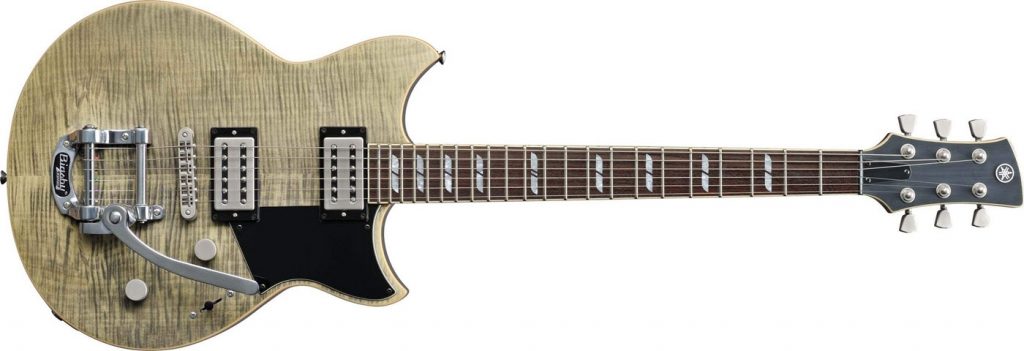
The Yamaha SILENT Guitar™ series combines unique modern guitar design with extremely useful functions. The onboard effects, tuner, mic modeling, auxiliary input and headphone jack are perfect for silent practice or backstage warmups. Live performance is feedback-free due to the fact that there isn’t a sound hole to produce resonant feedback loops. And if you travel, you’ll appreciate having a full-size guitar that fits into a gig bag half the width of any other gig bag due to the removable upper body frame. That’s a lot of extremely useful attributes in one guitar. My SILENT guitars also get more compliments than any of my other guitars!

Last but not least, the three new Yamaha STORIA acoustic guitars have been carefully crafted with attention to detail for an aesthetically pleasing and extremely playable guitar. Each features a concert-size body design with solid mahogany back, sides and neck. The STORIA II and III have a solid mahogany top, while STORIA I sports a solid spruce top with an off-white semi-gloss finish.
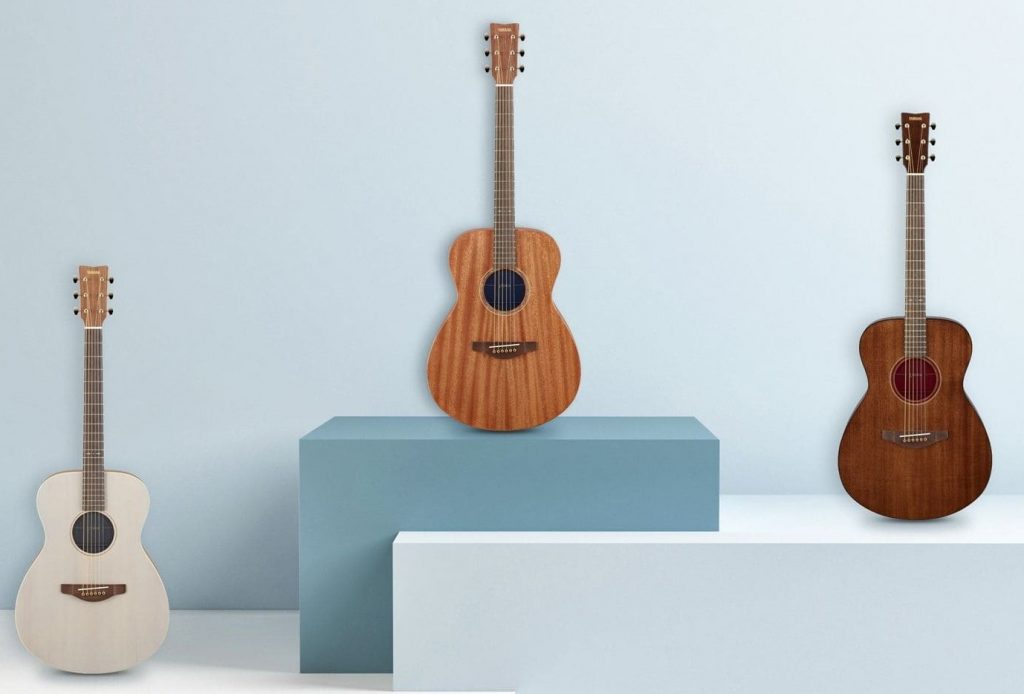
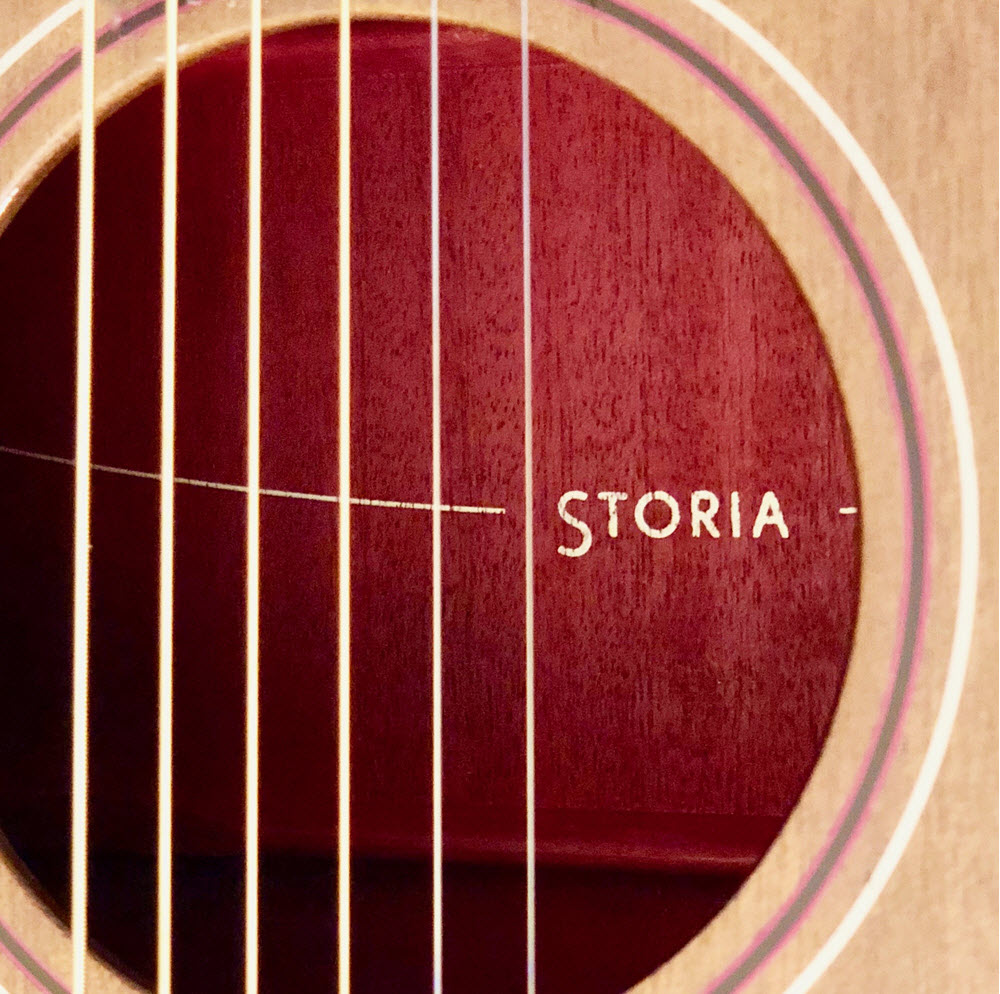
Special design touches that really make these guitars the centerpiece of any room are the champagne gold tuners, rosette inlays and the interior colors of ultramarine, light blue and wine red. Instant playability has been enhanced by producing a short scale, narrow neck with rounded fret edges (rolled edges) and a comfortable string height at the saddle and nut.
I’ve found that the tone of these acoustic guitars is perfect for songwriting and recording, plus the built-in passive undersaddle pickup can deliver your sound directly to the P.A. or studio mixer for live performance or recording, making the instrument extremely versatile.
The Video
I recently used a STORIA III guitar to compose and record the original music for the official STORIA product launch. In my studio, I used a combination of microphones and the passive pickup to capture all the rhythm and lead tones you hear in this video:
The Wrap-Up
I believe a “love affair” with a new guitar occurs at first sight. The initial spark develops into a musical bond when we discover that magic happens when we finesse the strings and listen carefully to the response. As I’ve discussed in a previous blog post, these are the resonant frequencies that flow between you, the guitar and the air in-between.
Your passion for the aesthetic is arguably as important as the function, playability and tone of your instrument. Finding all those attributes in one “perfect” instrument is the guitar nirvana we all seek!
Photographs courtesy of the author.
Check out Robbie’s other postings.
Click here for more information about Yamaha STORIA guitars.










